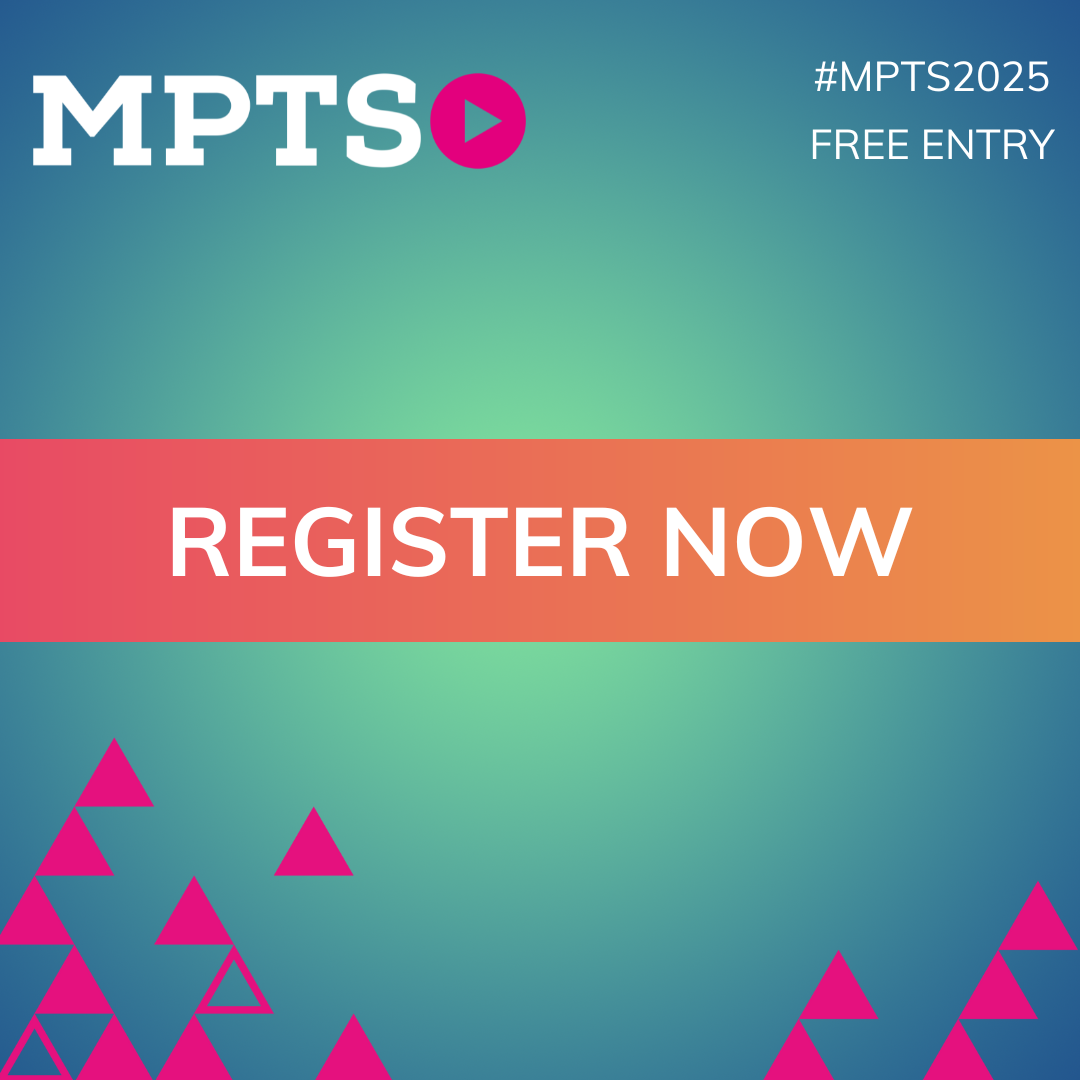Post-production Uncovered: I Am A Killer (The Finish Line for Netflix)
)
Netflix documentary series I Am A Killer brought audiences up close and personal with inmate killers, through a series of shocking interviews.
The Finish Line finishing artist Steve Alexander worked with post producer PeisZe Wong to deliver post-production on series 3 and 4 of the show. This involved the offline, online, grade and HDR delivery of 12 episodes over the course of three months.
They were supported by The Finish Line technical assistant Lily Ketley and edit assistant Pat Bell.
Alexander said: “Together with Transistor Films and Craftkit, we developed a fully distributed workflow that kept all our assets live throughout the post-production process. That meant we could make changes even when working remotely, all while retaining consistency throughout.”
To do this, the team connected The Finish Line’s main machine room from Camden to the internal facilities at Transistor Films by using a remote access system supplied by Craftkit.
All media was then colour managed with DaVinci Resolve to spot-check it before ingest. It was then transcoded for an Avid Media Composer offline before being shared via LucidLink so that editors could continue working from any location, as they would within a traditional facility.
Alexander explains: “The production team were able to collaborate using NDI for live review, opening a project in-house at Transistor or with asynchronous reviews in frame.io. They also had a full copy of all colour managed proxies within frame.io so they could hunt down and watch through the rushes.”
For final DI, the team used DaVinci Resolve and an FSI XM310K monitor to seamlessly incorporate a variety of archive footage. Dynamic GFX plates were used to help still images fit with the visual tone of each episode, while video archive was treated with TV effects such as scanlines. New interviews were then graded to emphasise the emotion at each stage of the story, along with the same treatment of landscapes and general vision that was intercut to show the locations and time of the events as they are described.

)
)
)
)
)
)
)
)
)
)
)
)
)
)
)
)
)
)
)
)
)
)
)
)
)
)
.jpg/fit-in/500x9999/filters:no_upscale())
)
)
)
)
)
)
)
)
)
)
)
)
)
)
)
)
)
)
)
)
)
)
)
)
)
)
)
)
)
)
)
)
)
)
)
)
)
)
)
)
)
)
)
)
)
)
)
)
)
)
)
)
)
)
)
)
)
)
)
)
)
)
)
)
)
)
)

)
)
)
)
)
)
)
)
)
)
)
)
)

)
)
)
)
)
)
)
)

)
)
.png/fit-in/500x9999/filters:no_upscale())
)
)
)
)
)
)
)
)
)
)
)
)
)
)
)
)
)
)
)
)
)
)
)
)
)
)
)
)

)
)
)
)
)

)
)
)
)
)
)
)
)
)
)
)
)
)
)
)
)
)
)
)
)
)
)
)
)
)
)
)
)
)
)
)
)
)
)
)
)
)
)
)
)
)
)
)
)
)
)
)
)
)
)
)
)
)
)
)
)
)
)
)
)
)

)
)
)
)
)
)







